MAGNUM OPUS
by John "Spook" Bye
It's interesting that Bye felt comfortable using this title since he would go on to craft the Cygnus IV episode / megaWAD and then tag team The Talosian Incident with Malcolm Sailor. Not to forget his two submissions to The Darkening E1, of course. Magnum Opus occurs relatively early in his career history. This MAP01 replacement for Doom II was released in 1996 and marks an important turning point that points the way toward his future productions. First, John tries his hand at crafting his own soundtrack and delivers a simple and moody piece. Second, the author was apparently dissatisfied with the amount of time spent making the level. He vowed to spend his future on less "huge" levels, possibly creating a series composed of smaller ones.
This would result in the aforementioned cult classic, Cygnus IV. The author's next endeavors are much more story-intensive where MAGNUMOP has none. They're also thick with atmosphere, though. Bye was always good about giving his architecture room to breathe. You might go for long stretches without encountering a single monster, for instance. The negative space created by valuing those moments where monsters are not being shoved into your face allows the mood to build in. John squandered this in his early works by not changing out the stock MIDIs - D_RUNNIN syndrome, essentially. Here, he has written his own soundtrack and the atmosphere is all the better for it.
The physical aspects of the level are par for his course, however, and similar to Garden of Delight. The biggest break with Bye's format is the opening. It's an enormous chasm and is hewn by a bifurcated river of blood. The author starts you off with the SSG but you will suffer no combat while you're out in the open. Exploring is rewarding though in a neat twist the payoff for the "secret" doesn't occur until you're nearly finished. The rest of the level is highly orthogonal, though, and features an abundance of square-shaped rooms. John puts the lighting experiments of Hall of the Mountain King to use but the equally rectilinear torch halos look clumsy.
The most compelling area of the entire PWAD is the sewer segment. The lightcasting is more believable as far as rays vs. squares go and offers a greater contrast between bright and dark. The shadowcasting done in the northern hallway in the outdoor area is a more subtle but appreciated effect. Bye's most stunning scintillation wouldn't come until his considerably later contributions to DARKEN1. It's interesting to see him starting to play with more realistic models in his work. The direction is unsurprising given that he ultimately moved on to Quake, even working alongside the similarly-minded Warren Marshall (99 Ways to Die).
John's encounter design comes in awkward bursts that punctuate the quiet, tense exploration. Sometimes, like the rocket launcher / mancubus staircase room, it works. At others you are diligently clearing a hallway full of foes who pose zero threat. Bye's worst is an arch-vile at the top of a tall, steep staircase and whose room offers no complete cover. I suppose that the vat of water can mitigate the damage. I dunno whether the author was familiar with killing the explosive component of its attack. I like the sewer stuff okay, though, and I appreciate its stretches of non-combat that get away from the "every room off this one must have monsters!" pacing.
Magnum Opus is generally cut from the same cloth as Garden of Delight; it just puts the large organic area at the beginning rather than the end. The detailing is a step up but the geometry being composed of square rooms and tiny straight hallways is a real thrill-killer. If the promise of an airy, atmospheric trek still appeals to you then try it on HMP before exposing yourself to Ultra-Violence.


A MAN'S GOT TO KNOW HIS LIMITATIONS
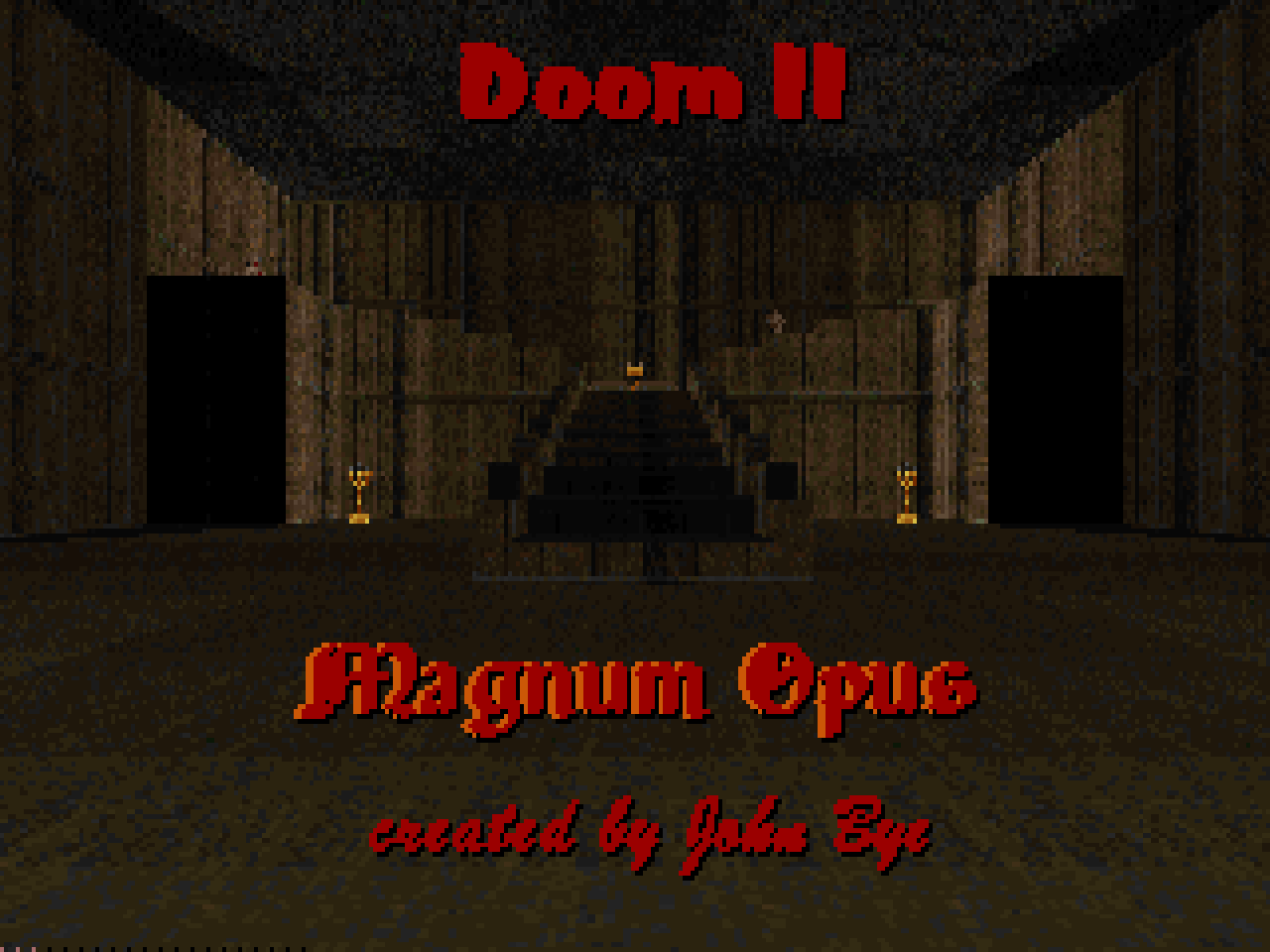
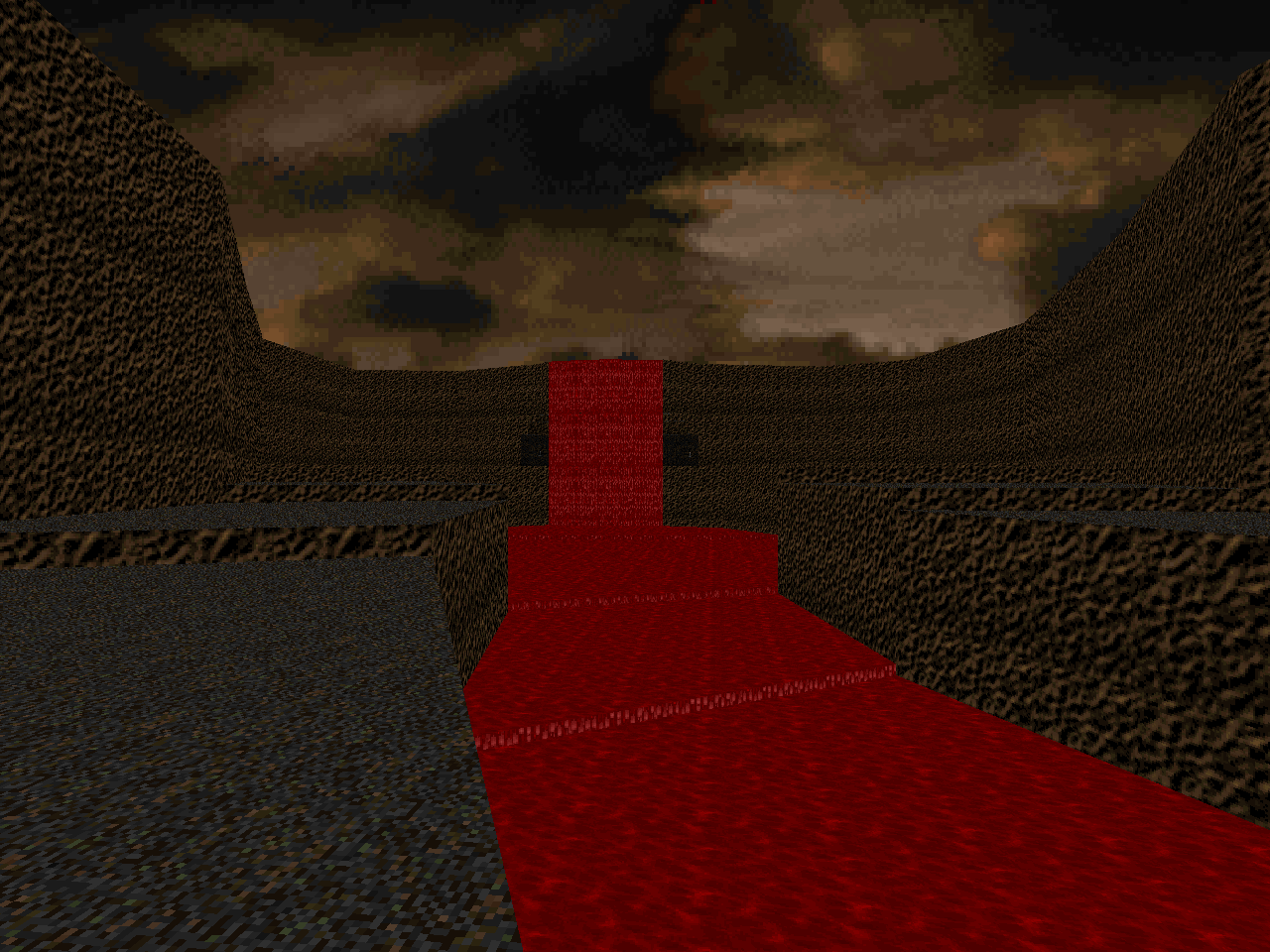
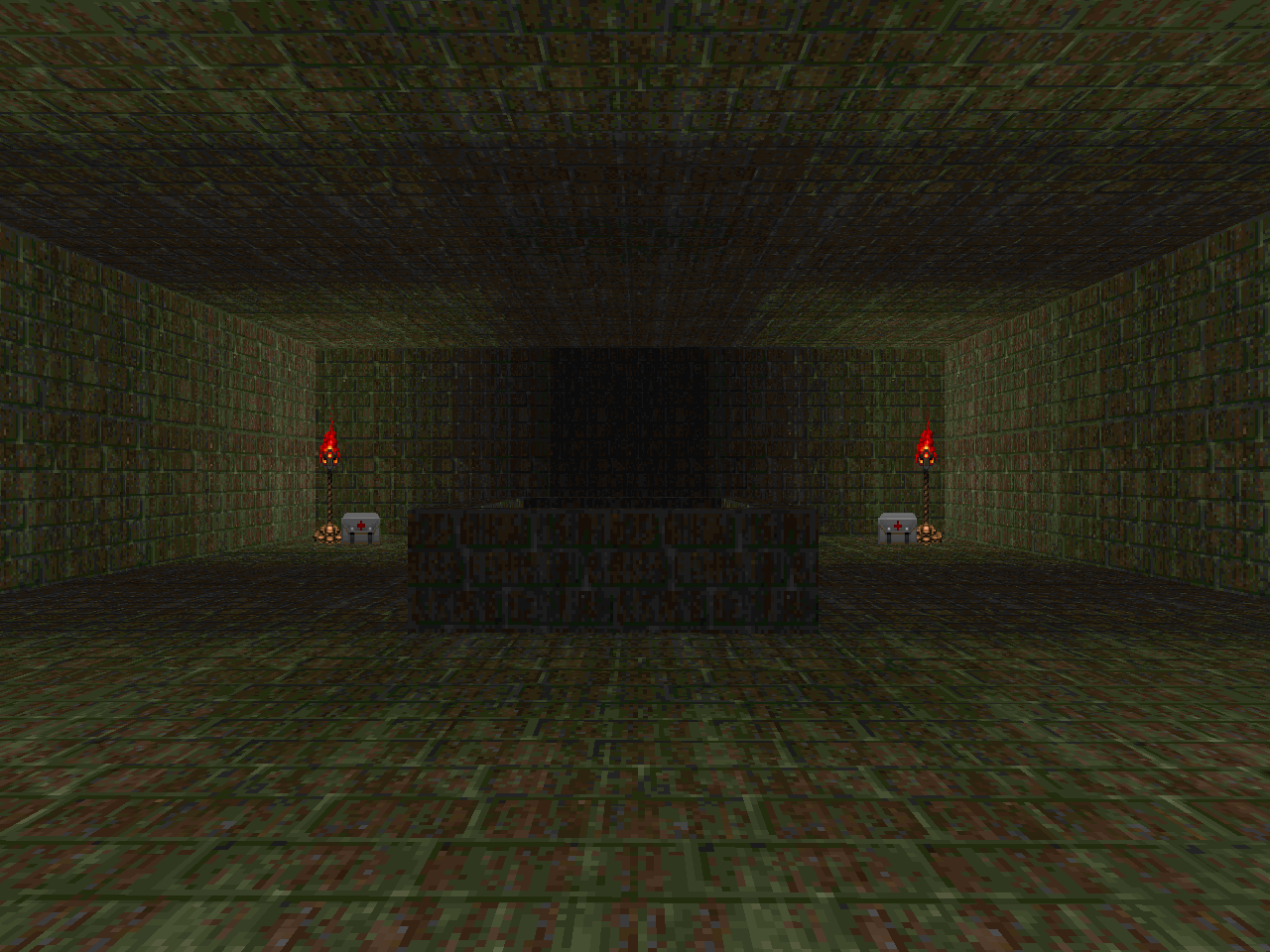
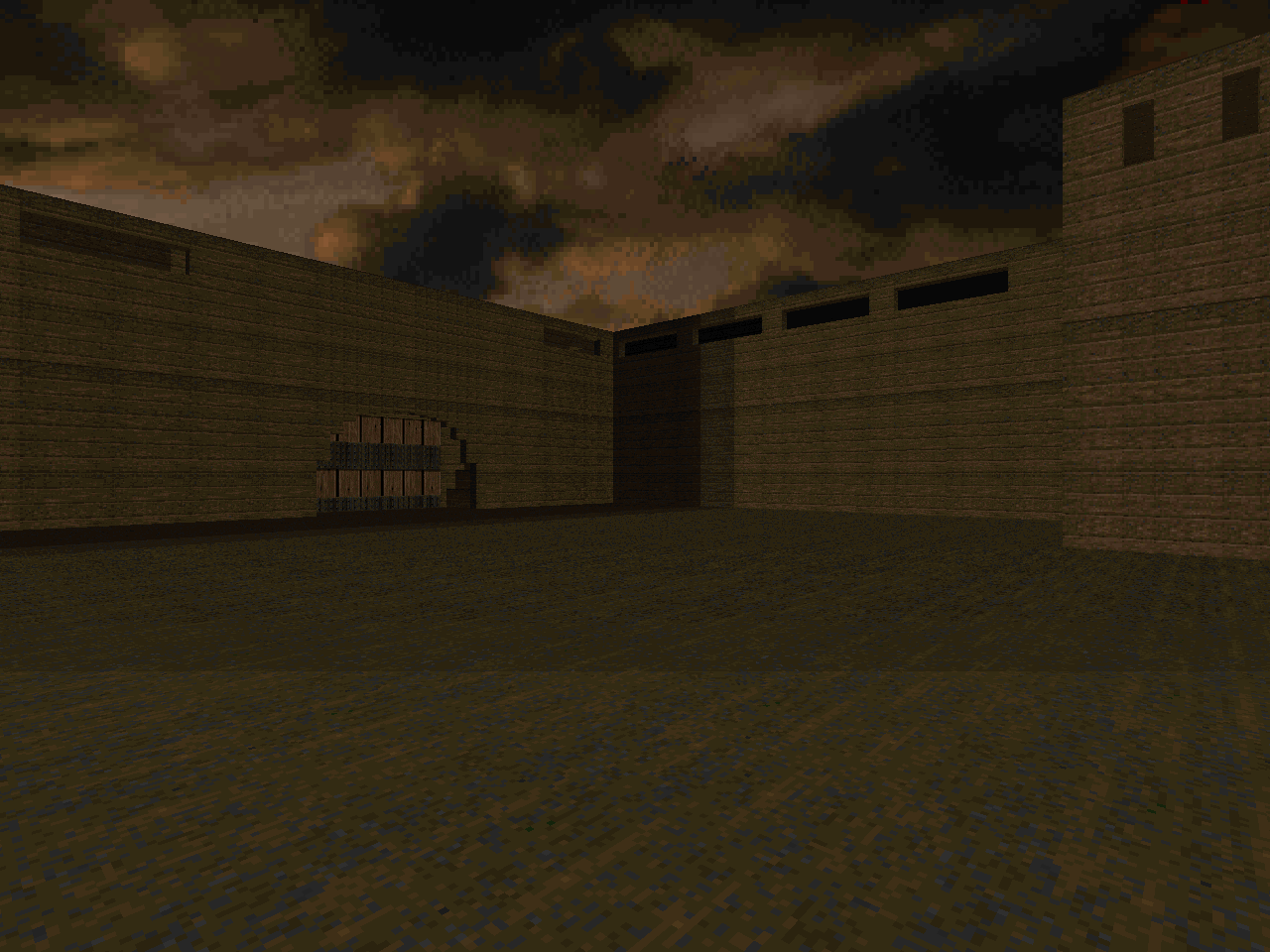
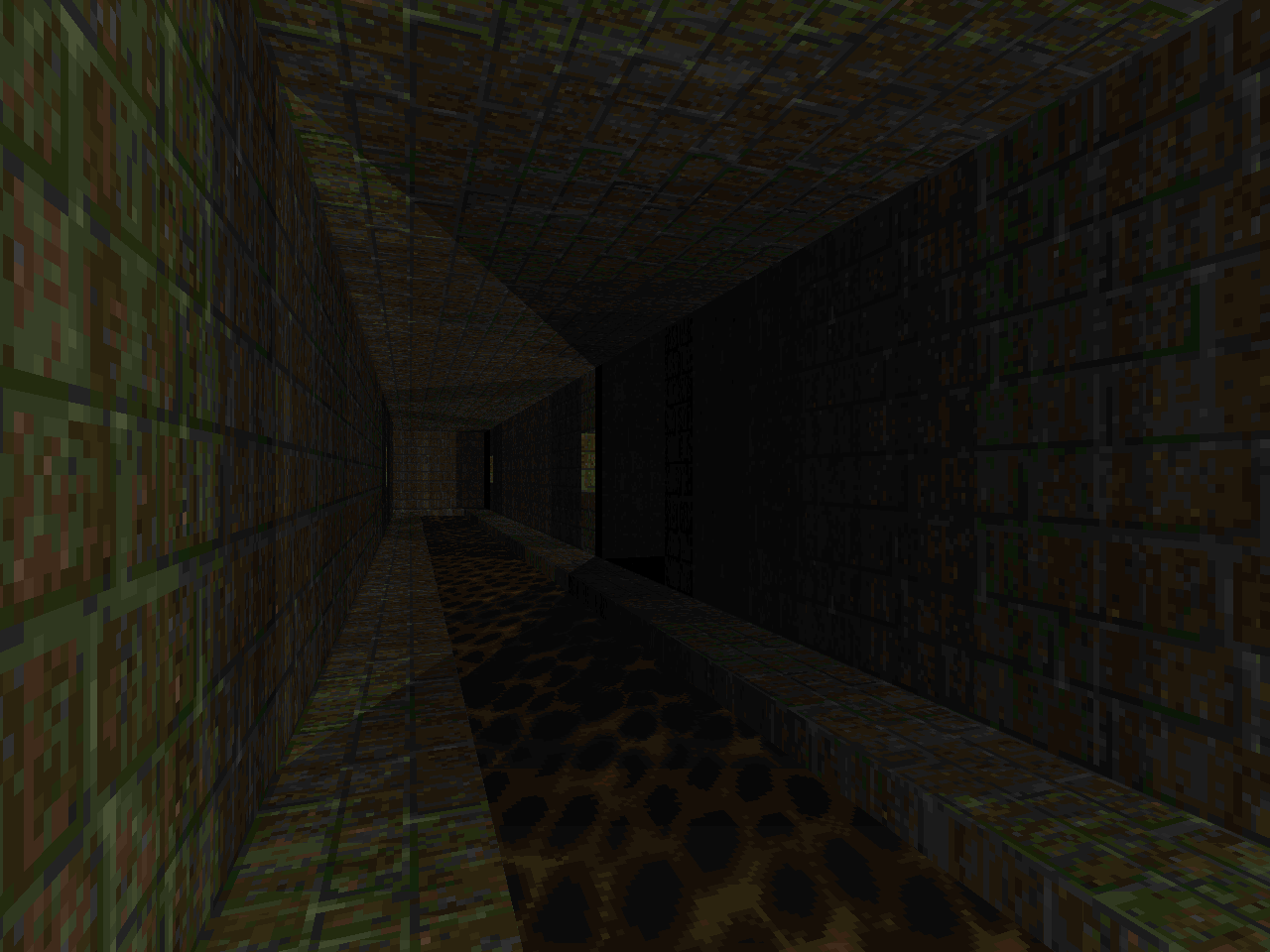
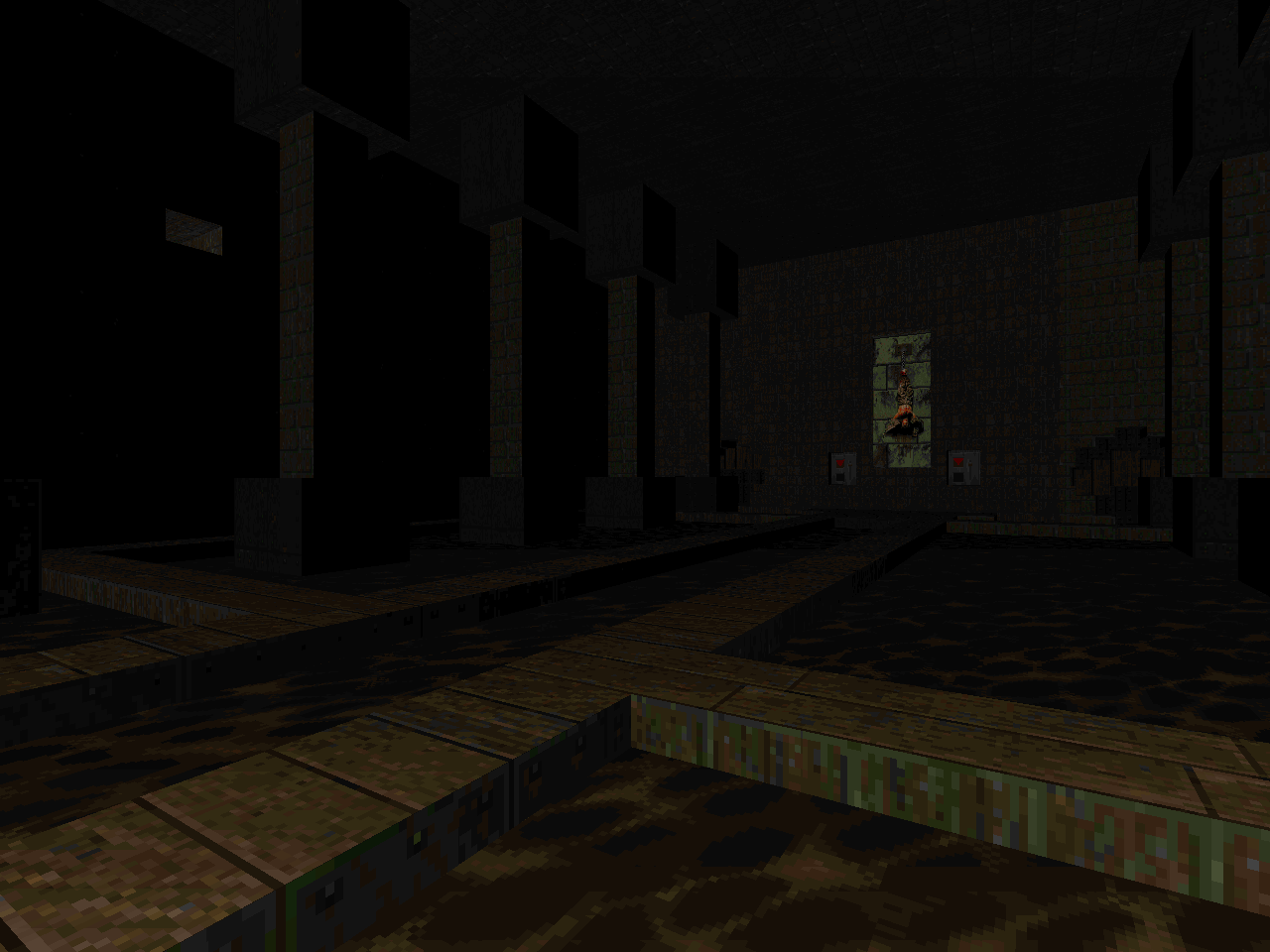
No comments:
Post a Comment